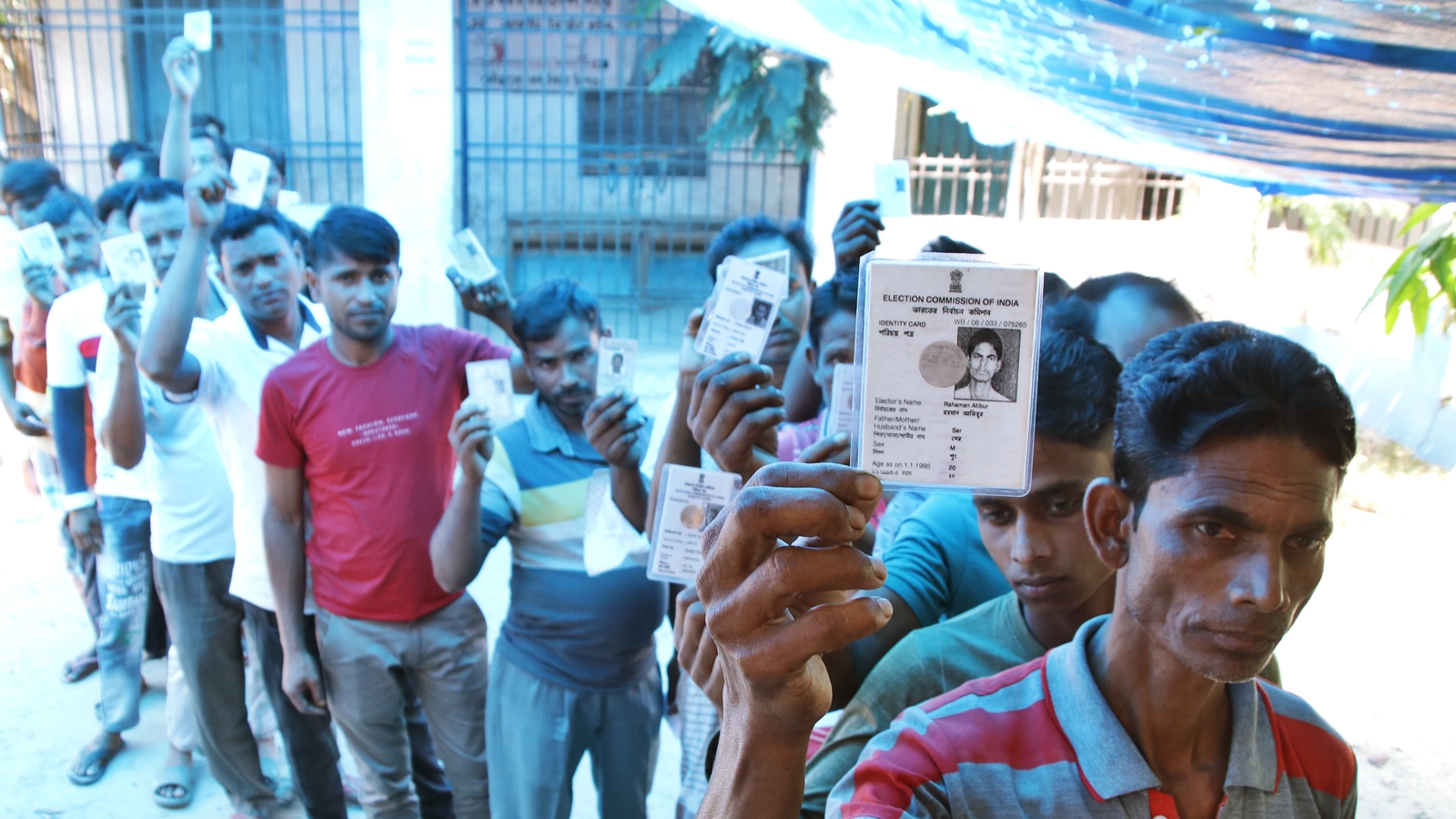

Kartikeya Batra
Nov 18, 2024 12:00 IST First published on: Nov 18, 2024 at 14:00 IST
By the end of the day on November 23, media outlets will most likely declare a “wave” in favour of either the BJP-led NDA or the JMM-led INDIA alliance in Jharkhand. My travels across the length and breadth of the state have convinced me that nothing can be farther from the truth.
Among India’s younger states, 26 per cent of Jharkhand’s population is classified as tribal, and 28 of its 81 assembly seats are reserved for representatives from Scheduled Tribes. The JMM, which spearheaded the demand for the state, has a strong base among these groups. Along with its allies, such as the Congress, the JMM also has a strong political grip on the state’s religious minorities (roughly 18 per cent). The BJP-led NDA alliance, on the other hand, is by and large, the default party of a large portion of the non-ST population, which includes the upper-caste groups, OBCs and Scheduled Caste groups.
Over the last 10 years, the state has experienced complete tenures of governments led by the BJP as well as the JMM. To their credit, both governments have delivered on some parameters. However, there is a massive sense of despondency among voters regarding the performance of governments and their representatives. In large parts of the state, voters suggested that there is not much to choose between representatives on both sides, and that for them siding with their traditional party is a “majboori”, because there is no third alternative. Deep in the tribal belts, JMM’s bow and arrow finds resonance. That is the symbol of “their” party. Similarly, in urban and semi-urban areas, one will hardly find a voter who plans to vote for any party apart from the BJP (or its allies), for the latter resonates with the former’s identity.
Across regions, issues vary. Paper leaks, lack of jobs, and price rise are common complaints. So is the absence of a strong educational infrastructure, and road infrastructure in semi-urban areas. Some issues, such as tribal land rights (South Chhotanagpur), unchecked mining (North Chhotanagpur), and unavailability of water (North Chhotanagpur), are more relevant to certain areas. However, the common refrain across most of the electorate (especially the young and the educated) is that once elected, local representatives do not pay heed to them. Yet, such is the importance of symbol-based voting that multi-term incumbents continue to be fielded, and often retain their seats.
The fact that people are awaiting a third alternative is visible in the buzz created by Jairam Mahato’s new party, Jharkhand Loktantrik Krantikari Morcha (JKLM). During my travels, I visited over 25 constituencies. Whereas in most parts of South and North-Western Jharkhand, the election was devoid of any excitement, in seats such as Tamar (Ranchi) and Barkagaon (Hazaribagh/Ramgarh), where the JKLM is in contention for votes, young voters, saddened by the status quo, are awaiting his arrival as a major force. In the seat of Dumri (Giridih), where Jairam is locked in a three-way fight against the JMM and BJP’s ally AJSU, I finally got the sense of an exciting contest with all parties trying hard to foray into the voters’ mind. I witnessed a similar sense of euphoria among young voters (both men and women) in the seats of Chandankiyari (Bokaro) and Sindri (Dhanbad). The only other source of excitement among voters is the recent execution of welfare schemes (cash transfers and electricity bill waiver) by the current government led by Hemant Soren. However, a lot needs to be done in terms of long-term investments for the state’s future.
most read
Regardless of whoever wins, it is safe to say that this will, at best, be a half-hearted mandate. As one voter very eloquently put it, “Neta log Jharkhand ki zameen se sona nikalta hai, par humare hisse aata hai garda” (Political leaders mine precious minerals from Jharkhand, but we only get to see the dust). Let us remind ourselves of this state of affairs before we declare any “waves” or “tsunamis” in anybody’s favour.
The writer is visiting Fellow at CVoter Foundation and an incoming Professor of Economics at Azim Premji University


